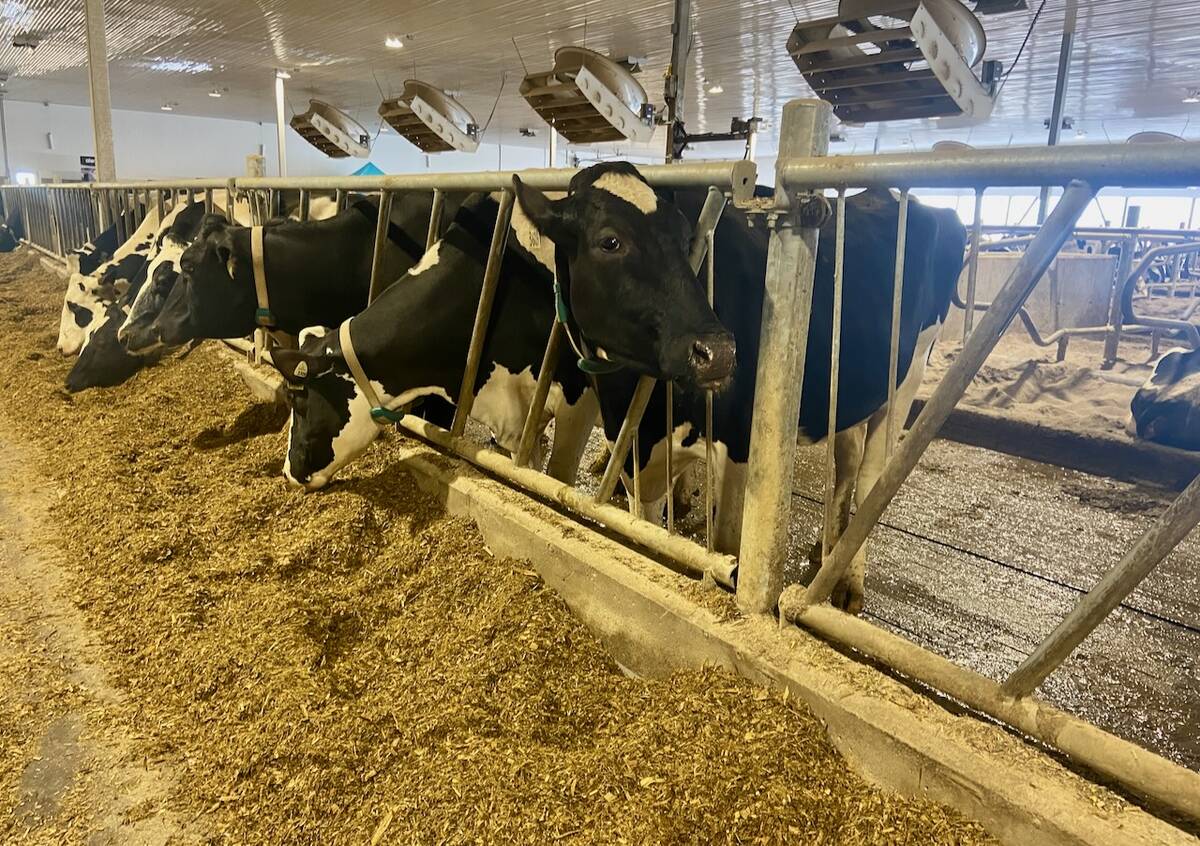Resolutions passed | Two additional board members, December annual election, vetting of election material get thumbs up
Election reform was a hot topic at Saskatchewan Pulse Growers’ annual meeting last week in Saskatoon.
Five resolutions were tabled at a gathering that usually struggles to garner one.
Four of the resolutions proposed changes to election procedures at the grower group.
That is in the wake of a controversial 2012 election campaign in which two directors were elected, three subsequently resigned and then two were appointed to fill a portion of that void.
Two of the proposals came from former SPG chair Murray Purcell. The first one called for SPG to immediately conduct another election for the three vacant positions rather than sticking with the appointed directors.
Read Also

U.S. farm group supports supply management
U.S. grassroots farm advocacy group pushing new agriculture legislation that would move towards supply management like Canada has for dairy industry
“It is grower money and I think it’s very important that we use democracy,” said Purcell.
He said he has nothing against appointed directors Tim Wiens of Herschel and Corey Loessin of Radisson and encouraged both to run in an election if there is one.
That resolution did not receive the required two-thirds majority vote, but Purcell’s next resolution did.
He proposed SPG consider moving from a seven-member to a nine-member board with staggered three-year terms.
“It gives a consistency for your board. It (provides) some board history and continuity.”
SPG director Lee Moats said this is not the first time board members have discussed this idea. It was recently a topic of discussion be-cause the association’s regulations are up for review.
“We proposed to the Agri-Food Council that our board stay the same but we have debated this exact proposal, so getting direction from our membership would be a very good thing,” he said.
The membership voted in favour of the resolution.
Vic Bruce, a levy payer from Tuxford, proposed SPG change the date of its annual election to March from December.
Under the current format, levy payers receive only a brief biography of each candidate in the mail in October. A March election would provide better access to the candidates.
“These people who wanted to run could be at this meeting and introduce themselves so you could put a face to a name and maybe you could talk to them about their reasons for wanting to run,” Bruce said.
He said the candidates could also appear at regional pulse meetings held during the winter months.
That resolution was carried.
Jason Dean of Morris proposed that SPG vet all advertising and promotional material used by candidates in a campaign. He said candidates in previous elections have used the SPG logo in mail-outs, giving the false impression that the association was endorsing them.
That resolution also carried.
The only non-election resolution eventually morphed into one. Scott Sefton of Broadview requested that the association start investing levy dollars in soybean research because acreage is on the rise.
“We started at 140 acres and this year we’re planning on 800 acres. I’ve heard upwards of 200,000 in southeast Saskatchewan alone,” he said.
“After paying levies for the last four years to Sask Pulse and seeing nothing for soybeans, I just thought it would be better to see where my money is going with my soybean levies.”
SPG executive director Carl Potts said the association has already initiated a project to determine how to best spend levy dollars on soybean research.
Alliance Grain Traders president Murad Al-Katib said the trade favours pursuing a soybean industry in Saskatchewan.
“There is some interesting opportunities in this province to do some specific characteristic marketing, some identity preserved marketing,” he said.
Al-Katib said Saskatchewan’s pulse processing plants are well suited to containerized shipments of niche soybeans, such as non-genetically modified or identity preserved beans, to markets in Japan, Indonesia, Thailand and Malaysia.
“Growers will decide the speed at which (soybeans are) adopted and grown, but what I can tell you is I think that the trade is ready to re-spond with processing capacity,” he said.
Sefton said SPG should consider appointing a soybean grower to fill the one remaining vacancy on the board.
SPG chair Morgan Nunweiler said that was a good suggestion.
“We’ve been assessing that ourselves in the last month and that’s definitely going to be one of the things we will consider.”















